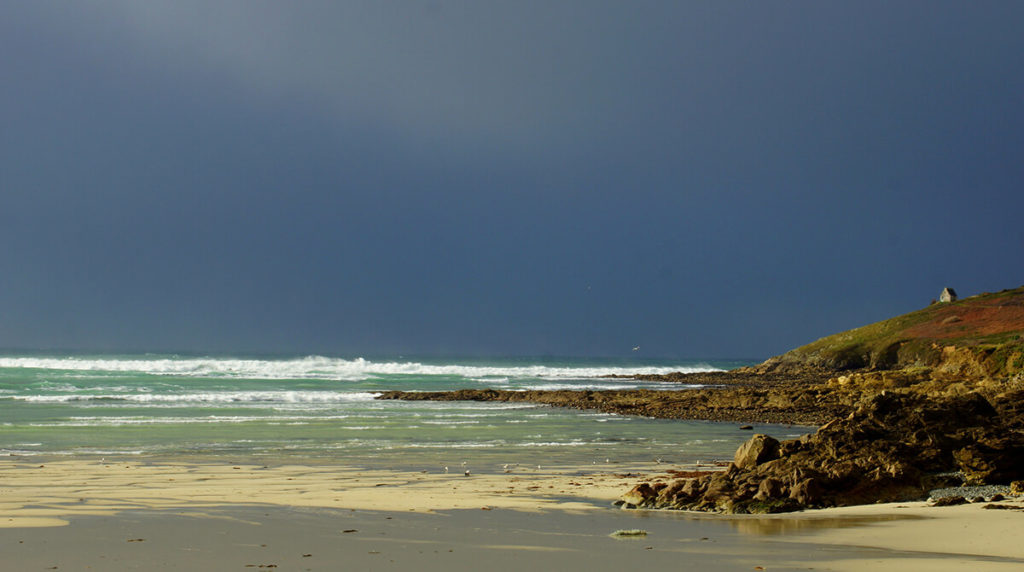Beating the Heat
Brittany is France’s best refuge from soaring temperatures

Every summer, I fall in love all over again with Brittany, the cold, cloudy, cliff-lined northwest coast of France. During the rest of the year, it’s easy to fall back into familiar habits of thought, fantasies about olive orchards and vine-strewn hills in Provence. But such reveries are becoming a thing of the past, increasingly incompatible with the way the natural world is remaking itself.
Last week, much of Europe was crippled by record heat, and France in particular saw the hottest temperatures ever recorded in its borders. The southern town of Gallargues-le-Monteux saw the thermometer rise to 45.9 degrees Celsius, or 115 degrees. Paris was likewise a sauna. But Brittany, where we had planned by sheer happenstance to visit friends, was the only region to be spared. In fact, the weather extremes resulted in what may be Brittany’s future: a string of mostly sunny days with cool sea breezes and bracing waves.
When the clouds did come and the tide crept away, we threw on sweaters and walked deep into the Bay of Saint-Malo to search for crabs and shells. A change in weather can’t ruin a day in Brittany, as it often does in the south of France. Standing between several rows of sailboats slanted on their sides against the sand, I snapped a photo of the gray sky against the empty bay. It was 1:30 in the afternoon. By the time I reached for my phone again, just before 4:00, the tide had risen, the boats were bobbing across the bay, and the sky was a relentless blue.


